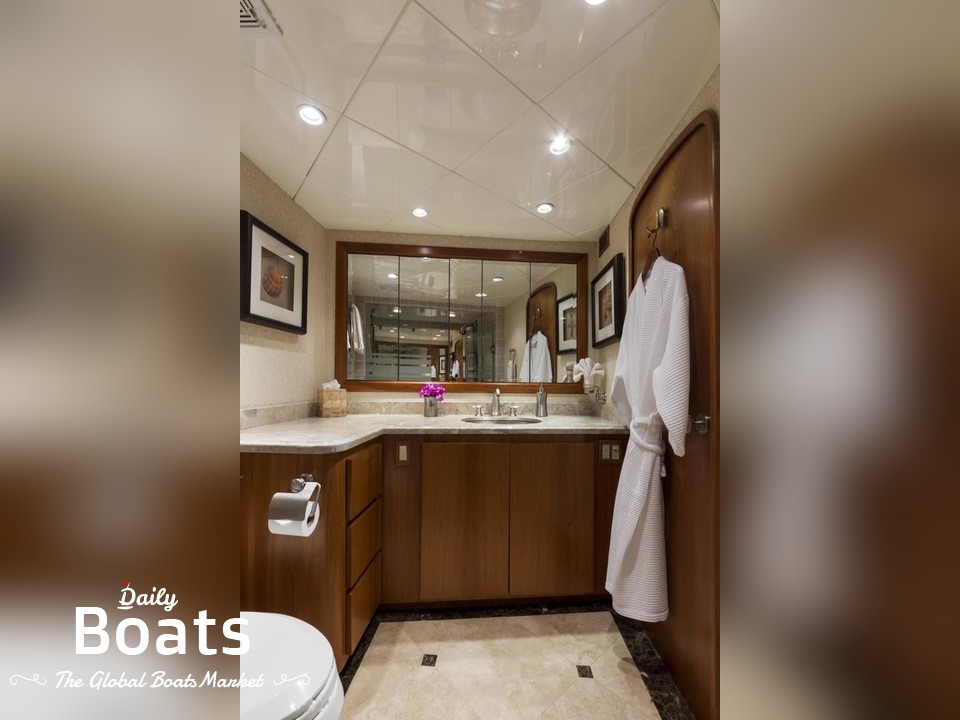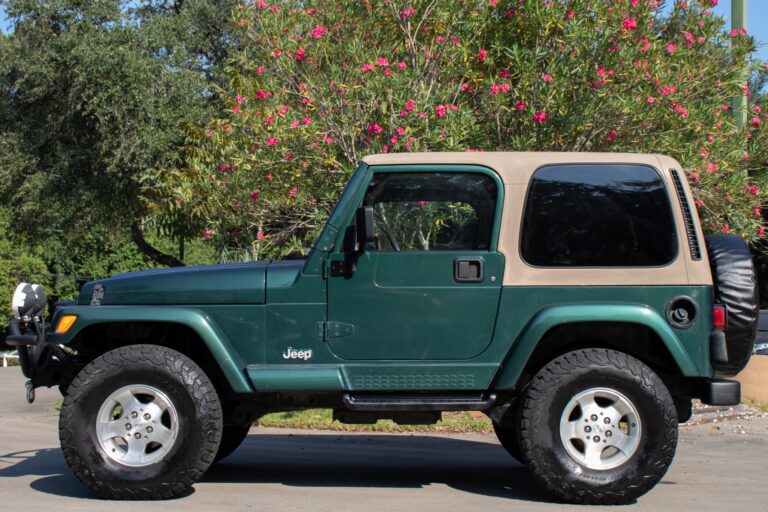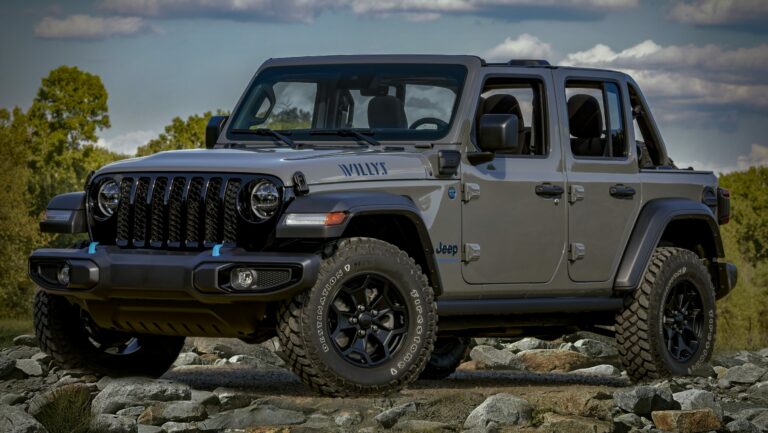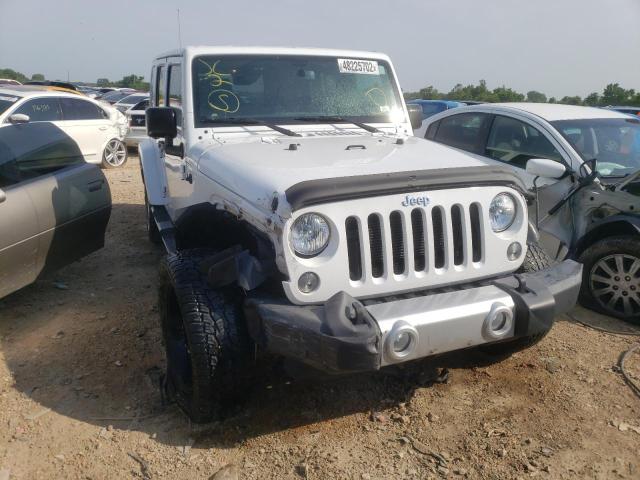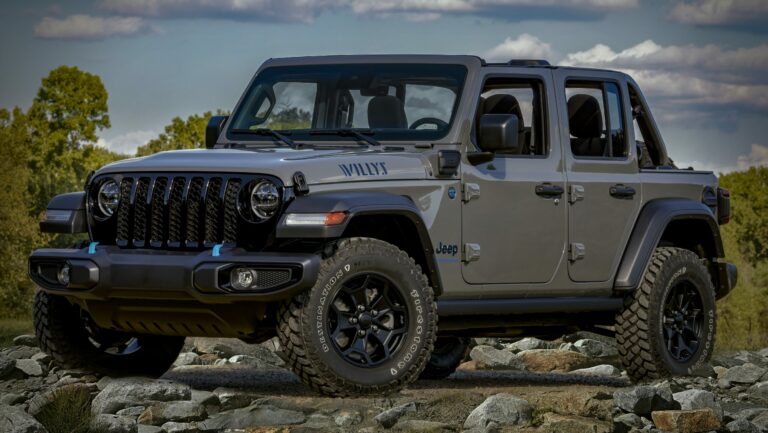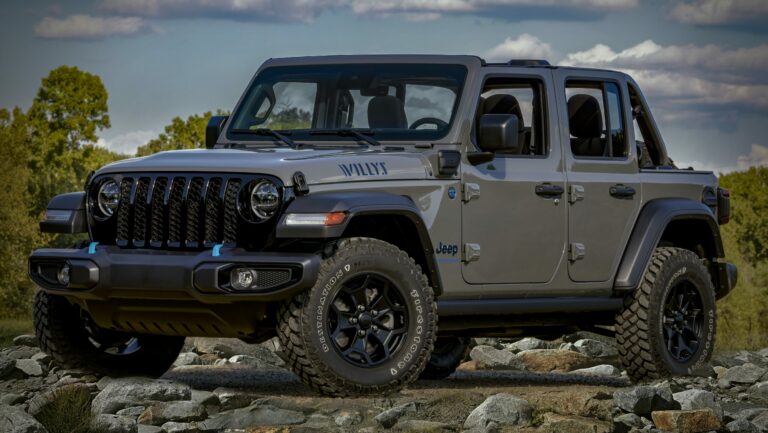4.0 Jeep Motor For Sale: Your Ultimate Guide to Finding the Legendary Inline-Six
4.0 Jeep Motor For Sale: Your Ultimate Guide to Finding the Legendary Inline-Six jeeps.truckstrend.com
The 4.0-liter inline-six engine, synonymous with Jeep’s golden era, isn’t just a motor; it’s a legend. Revered by off-road enthusiasts and daily drivers alike for its unparalleled reliability, robust torque, and surprising longevity, the 4.0L PowerTech engine powered millions of Jeeps from the late 1980s through the early 2000s. Whether you’re looking to replace a tired engine in your beloved Cherokee XJ, breathe new life into a Wrangler TJ, or even consider it for a custom build, the quest for a "4.0 Jeep Motor For Sale" is a common and often rewarding journey. This comprehensive guide will navigate you through everything you need to know about acquiring this iconic powerplant, ensuring you make an informed decision and get the best value for your investment.
Why the 4.0L Jeep Motor Remains a Legend
4.0 Jeep Motor For Sale: Your Ultimate Guide to Finding the Legendary Inline-Six
Introduced in 1987 as an evolution of AMC’s 258 cubic inch straight-six, the 4.0L (242 cubic inch) engine quickly became the heart of Jeep’s most popular models. It found its home in the Jeep Cherokee (XJ), Grand Cherokee (ZJ), Wrangler (YJ and TJ), and even some Comanches. Its enduring popularity stems from several key attributes:
- Simplicity and Durability: Designed with fewer complex components than many modern engines, the 4.0L is inherently robust. Its cast-iron block and cylinder head are known to withstand extreme conditions, making it ideal for the rigors of off-roading.
- Torque Monster: With a long stroke and impressive low-end torque, the 4.0L excels at crawling over obstacles and pulling heavy loads. This characteristic is precisely what makes it so beloved by the off-road community.
- Ease of Maintenance: Its straightforward design means many common repairs and maintenance tasks can be performed by the average DIY mechanic, keeping ownership costs down. Parts are also readily available and affordable.
- Longevity: It’s not uncommon to see 4.0L engines with well over 200,000 or even 300,000 miles still running strong, a testament to their inherent quality and robust construction, provided they receive basic care.
- Vast Aftermarket Support: The sheer number of vehicles equipped with this engine has led to a massive aftermarket for performance upgrades, replacement parts, and accessories, making it highly customizable.
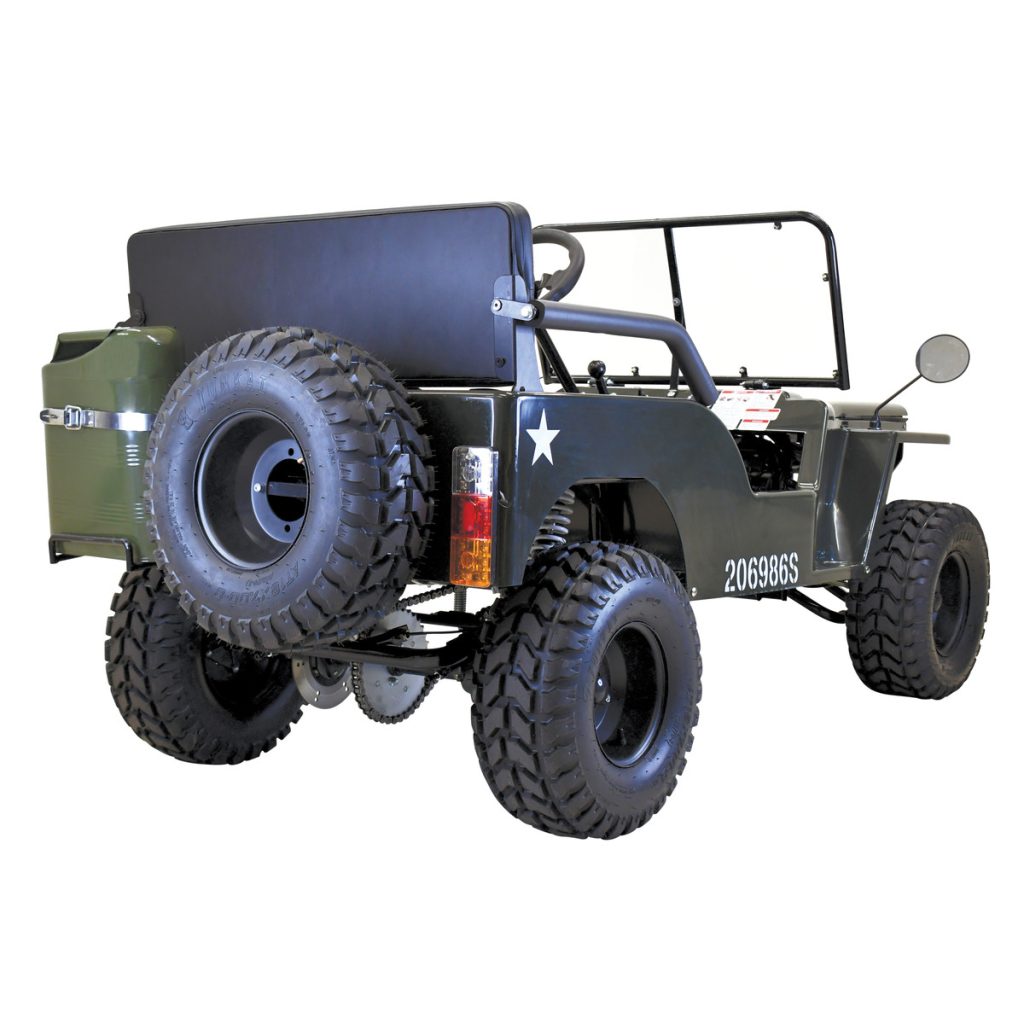
For these reasons, the demand for a "4.0 Jeep Motor For Sale" remains consistently high, whether for direct replacements, vehicle restorations, or engine swaps into other platforms.
Understanding Your Options: Types of 4.0L Motors For Sale
When searching for a 4.0L Jeep motor, you’ll encounter several categories, each with its own advantages, disadvantages, and price points.
1. Used/Salvaged Motors
These are engines pulled directly from donor vehicles, typically from junkyards or private sellers. They represent the most budget-friendly option.
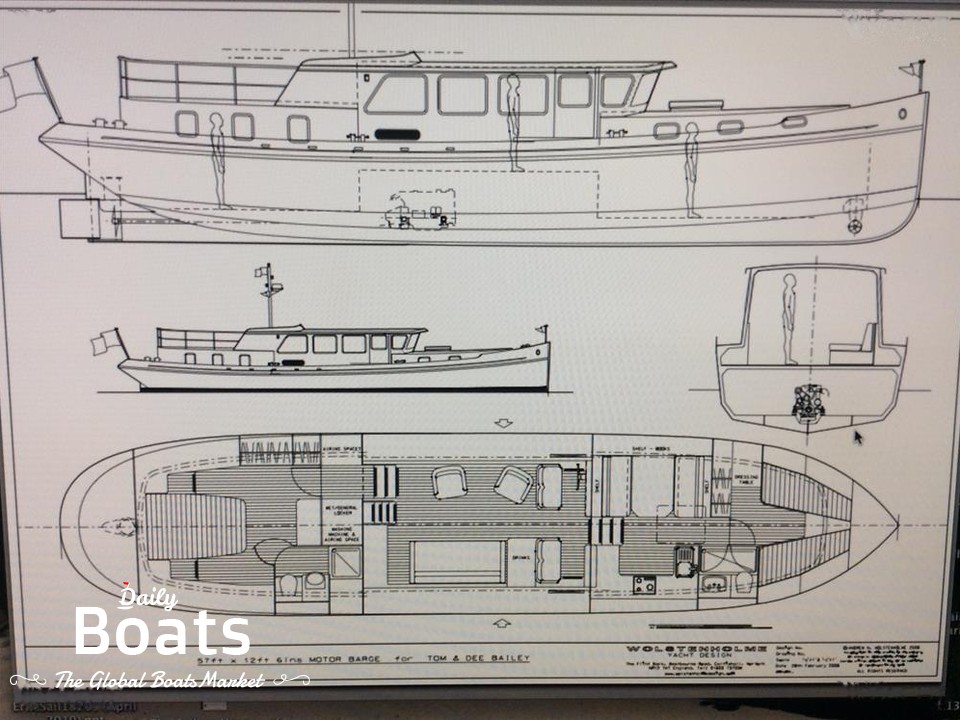
- Pros: Lowest upfront cost, quick availability.
- Cons: Unknown history (mileage, maintenance, prior abuse), potential for hidden issues (cracks, excessive wear, sludge), no warranty.
- What to Look For:
- Visual Inspection: Check for significant oil leaks, broken sensors, cracked exhaust manifolds, signs of overheating (discolored paint, warped components).
- Oil Condition: Pull the dipstick. Black, sludgy oil or milky oil (indicating coolant mix) are red flags.
- Compression Test (if possible): This is the single most important test. Consistent readings across all cylinders are crucial. Low or widely varying compression indicates internal wear.
- Listen to it Run (if possible): Listen for knocks, taps, or unusual noises.
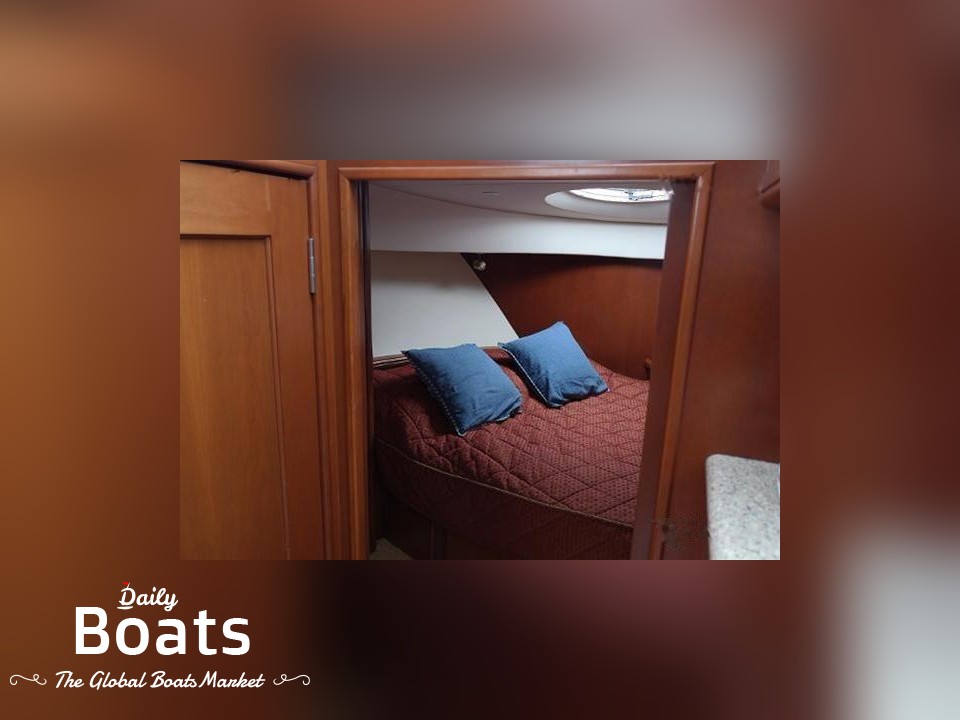
2. Remanufactured/Rebuilt Motors
These engines have been disassembled, inspected, cleaned, and had worn components replaced with new or reconditioned parts. They often come with a warranty.
- Pros: High reliability, components brought back to OEM specifications or better, warranty coverage, often include new gaskets and seals.
- Cons: Higher cost than used engines.
- What to Look For:
- Reputable Rebuilder: Research the company’s reputation, customer reviews, and BBB ratings.
- Warranty Details: Understand what’s covered (parts, labor, mileage, duration) and what voids it.
- What’s Included: Clarify if it’s a long block (block, head, rotating assembly) or a complete engine (with accessories like intake, exhaust, sensors).
- Quality of Components: Ask about the brands of replacement parts used (e.g., pistons, bearings, rings).
3. Crate Motors (New/Performance)
While true "new" 4.0L engines are rare (as production ceased years ago), some specialized companies offer "new" or highly customized performance versions built from scratch or with significant upgrades.
- Pros: Brand new components, often with performance enhancements (e.g., stroker kits for increased displacement, performance camshafts), maximum reliability and lifespan.
- Cons: Most expensive option, often custom-built with lead times.
- Ideal For: High-performance builds, enthusiasts seeking maximum power and longevity without compromise.
Key Considerations Before Buying a 4.0L Jeep Motor
Before you pull the trigger on a "4.0 Jeep Motor For Sale," consider these critical factors:
- Budget: Determine your absolute maximum expenditure. This will largely dictate whether you opt for a used, rebuilt, or new/performance engine. Remember to factor in potential shipping costs, core charges (if applicable), and installation expenses.
- Intended Use:
- Daily Driver: A reliable used or remanufactured engine is usually sufficient.
- Serious Off-Roader/Expedition: A well-built remanufactured or even a performance crate motor might be a better investment for peace of mind in remote areas.
- Performance Build/Swap: A new or custom-built engine provides the best foundation for modifications.
- Condition Assessment: As detailed above, a thorough inspection is paramount, especially for used engines. Don’t be afraid to ask for videos, more photos, or even a third-party inspection if purchasing from a distance.
- Source Reliability: Buy from reputable sources. A junkyard with a good reputation for testing engines is better than a random private seller on Craigslist with no history.
- Compatibility: While the 4.0L remained largely the same, there were minor variations.
- Renix vs. High Output (HO): Earlier 4.0L engines (1987-1990) used the Renix fuel injection system, which is different from the later High Output (HO) system (1991-2006). HO engines are generally preferred for their slightly higher horsepower and simpler diagnostics. Ensure the engine’s year matches your vehicle’s requirements or be prepared for sensor/wiring harness swaps.
- Accessory Differences: Minor changes in accessory mounts (e.g., power steering pump, alternator) occurred over the years.
- Crankshaft Position Sensor (CPS): Early models (pre-1996) had the CPS mounted on the bell housing, while later models had it on the engine block. Ensure compatibility with your transmission.
- Warranty: Always clarify warranty terms, especially for remanufactured engines. Understand what’s covered, for how long, and what conditions apply.
The Buying Process: Where and How to Find Your 4.0L Motor
Your search for a "4.0 Jeep Motor For Sale" will likely lead you to a few common avenues:
- Online Marketplaces:
- eBay: A vast selection of used and remanufactured engines. Pay close attention to seller ratings and return policies.
- Craigslist/Facebook Marketplace: Excellent for local finds, potentially allowing for in-person inspection and avoiding shipping costs. Be wary of scams and always meet in a safe, public place.
- Specialized Forums & Groups: Jeep-specific forums (e.g., CherokeeForum.com, JeepForum.com) and Facebook groups often have classified sections where enthusiasts sell parts.
- Specialized Engine Suppliers/Remanufacturers: Companies like Fraser Engines, Jasper Engines & Transmissions, or local engine builders often specialize in remanufactured engines and offer warranties. These are typically the most reliable source for rebuilt units.
- Auto Salvage Yards (Junkyards): A primary source for used engines. Many reputable yards test their engines (e.g., run-tested, compression tested) and offer limited warranties. Call ahead to inquire about availability and testing procedures.
- Local Mechanics/Jeep Shops: Sometimes, a local shop that specializes in Jeeps might have a good used engine or know of a reliable source.
Tips for Communication and Logistics:
- Ask Detailed Questions: Don’t hesitate to ask for more photos, videos of the engine running (if applicable), compression test results, and maintenance history (if known).
- Negotiate: Especially with used engines, there’s often room for negotiation.
- Shipping vs. Local Pickup: Factor in shipping costs, which can be substantial for an engine. If buying locally, arrange for appropriate transportation.
- Core Charges: Many remanufacturers require a core charge, which is refunded when you return your old engine. Factor this into your budget.
Installation and Post-Purchase Tips
Once you’ve secured your 4.0L Jeep motor, the next step is installation.
- Professional vs. DIY:
- DIY: If you have the tools, space, and mechanical aptitude, an engine swap is a challenging but rewarding DIY project. Be sure to consult a service manual.
- Professional: For those less experienced or without the necessary equipment, professional installation by a reputable mechanic is highly recommended. Get multiple quotes.
- Pre-Installation Checks: Even with a remanufactured engine, it’s wise to replace common wear items that are easily accessible before installation:
- Rear Main Seal (a common leak point on 4.0Ls, much easier to do outside the vehicle)
- Oil Pan Gasket
- Valve Cover Gasket
- Water Pump
- Thermostat
- Spark Plugs, Wires, Distributor Cap, Rotor
- Fuel Injectors (consider upgrading to 4-hole injectors for better atomization)
- All external sensors (CPS, Oxygen sensors, MAP, TPS)
- Break-in Procedure: If you’ve purchased a remanufactured or new engine, follow the rebuilder’s specific break-in procedure. This is crucial for proper ring seating and engine longevity.
- Fluid Flushes: Replace all fluids (engine oil, coolant, power steering, transmission fluid) once the engine is installed and running.
- Common Upgrades: Consider upgrading the cooling system (larger radiator, better fan clutch) and ignition system (coil, wires) for improved performance and reliability.
4.0 Jeep Motor For Sale: Estimated Price Guide
This table provides a general price range for different types of 4.0L Jeep motors. Prices can vary significantly based on location, seller, condition, and included accessories.
| Condition/Type | Typical Price Range (USD) | Key Considerations | Warranty |
|---|---|---|---|
| Used/Salvaged | $500 – $1,500 | Varies greatly by mileage, condition, and testing | Limited (30-90 days) or None |
| Remanufactured/Rebuilt | $2,000 – $4,000 | Quality of rebuilder, what’s included (long block/complete) | 1-3 years / unlimited miles (common) |
| New/Performance Crate | $4,500 – $8,000+ | Custom builds, stroker kits, high-performance components | Varies by manufacturer, often 1-5 years |
Note: These prices are estimates for the engine unit itself and do not include shipping, core charges, installation labor, or ancillary parts like accessories, wiring, or exhaust components.
Frequently Asked Questions (FAQ)
Q1: What’s the difference between the Renix and HO 4.0L engines?
A1: The Renix (1987-1990) system uses different sensors, an ECU, and a throttle body compared to the High Output (HO, 1991-2006) system. The HO generally offers slightly more horsepower and simpler diagnostics. For engine swaps, the HO is usually preferred due to its widespread availability and ease of integration.
Q2: What mileage is too high for a used 4.0L?
A2: For a 4.0L, mileage is less critical than maintenance and overall condition. Many 4.0Ls run strong past 200,000 miles. A well-maintained engine with 180,000 miles might be in better shape than one with 100,000 miles that was abused. Focus on compression test results, oil condition, and visual inspection.
Q3: Should I buy a long block or a complete engine?
A3: A "long block" includes the engine block, cylinder head, crankshaft, camshaft, and pistons. A "complete engine" typically includes the long block plus intake/exhaust manifolds, throttle body, sensors, and sometimes accessories like the alternator or power steering pump. A complete engine is easier for a direct swap, but a long block is often cheaper if you can reuse your existing accessories and sensors.
Q4: What are common issues to look for in a used 4.0L?
A4: Common issues include oil leaks (especially from the rear main seal, oil filter adapter, and valve cover), cracked exhaust manifolds, occasional cylinder head cracks (usually between cylinders 3 and 4 in earlier HO models), and lifter noise. A proper pre-purchase inspection can identify most of these.
Q5: Is a 4.0L swap difficult for a DIY mechanic?
A5: For someone with moderate to advanced mechanical skills, tools, and a good service manual, a 4.0L swap is definitely achievable. It’s a relatively straightforward engine compared to modern, complex powerplants. However, it requires patience, attention to detail, and often an extra set of hands.
Q6: What’s the average lifespan of a 4.0L?
A6: With proper maintenance (regular oil changes, cooling system flushes, timely tune-ups), a 4.0L engine can easily last 200,000 to 300,000 miles or more. Many enthusiasts proudly report engines still running well over 300k, showcasing the inherent durability of this legendary design.
Conclusion
The 4.0L Jeep motor holds a special place in the hearts of automotive enthusiasts, and for good reason. Its rugged simplicity, robust torque, and impressive longevity make it an ideal choice for replacement or upgrade in a wide range of Jeep vehicles. While the hunt for a "4.0 Jeep Motor For Sale" requires diligent research and careful inspection, the rewards of finding a solid unit are immense. By understanding your options, knowing what to look for, and following the practical advice outlined in this guide, you can confidently acquire this legendary powerplant and ensure your Jeep continues to conquer trails and roads for years to come. Investing wisely in a 4.0L isn’t just buying an engine; it’s investing in the continued adventure of your Jeep.
